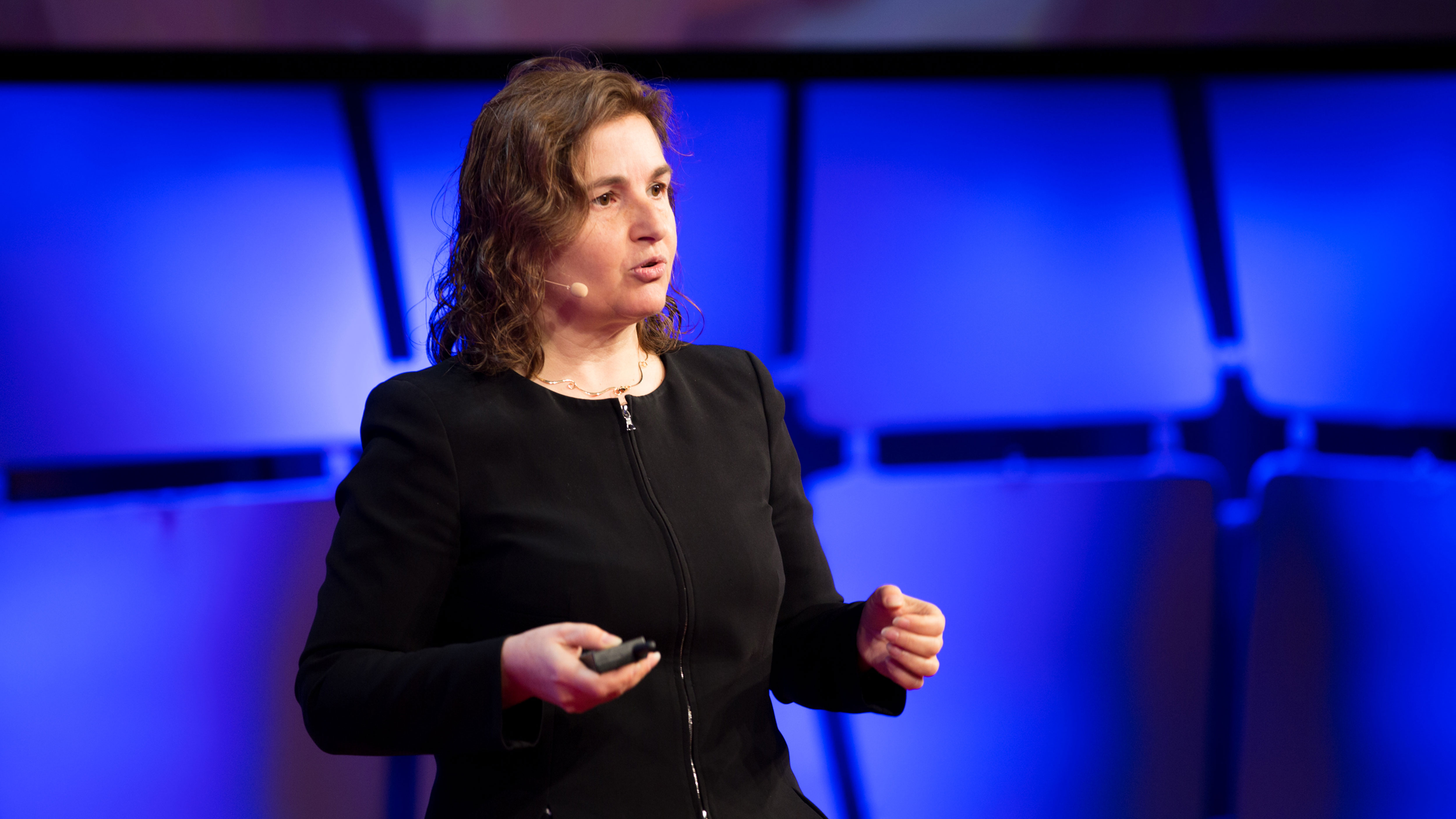More Evidence That Humans and Machines Are Better When They Team Up

Instead of just fretting about how robots and AI will eliminate jobs, we should explore new ways for humans and machines to collaborate, says Daniela Rus, director of MIT’s Computer Science and Artificial Intelligence Lab (CSAIL).
“I believe people and machines should not be competitors, they should be collaborators,” Rus said during her keynote at EmTech MIT 2017, an annual event hosted by MIT Technology Review.
How technology will affect employment in coming years has become a huge question for economists, policy makers, and technologists. And as one of the world’s preeminent centers of robotics and artificial intelligence, CSAIL has a big stake in driving coming changes.
There is some disagreement among experts about how significantly jobs will be affected by automation and AI, and how job losses will be offset by the creation of new business opportunities. Last week, Rus and others at MIT organized an event called AI and the Future of Work, where some speakers gave more dire warnings about the likely upheaval ahead (see “Is AI About to Decimate White-Collar Jobs?”).
The potential for AI to augment human skills is often mentioned, but it has been researched relatively little. Rus talked about a study by researchers from Harvard University comparing the ability of expert doctors and AI software to diagnose cancer. They found that doctors perform significantly better than the software, but doctors together with software were better still.
Rus pointed to the potential for AI to augment human capabilities in law and in manufacturing, where smarter automated systems might play a role in customizing and distributing goods.
Robotics might end up augmenting human abilities in some surprising ways. For instance, Rus pointed to a project at MIT that involves using the technology to help people with impaired vision navigate in self-driving cars. She also speculated that brain-computer interfaces, while still relatively crude today, might have a huge impact on future interactions with robots.
Although Rus is bullish on the future of work, she said two economic phenomena do give her cause for concern. One is the decreasing quality of many jobs, something that is partly shaped by automation; the other is the flat gross domestic product in the United States, which can hold back new economic opportunities.
But because AI is still so limited, she said she expects it to mostly eliminate routine and boring elements of work. “There is still a lot to be done in this space,” Rus said. “I am wildly excited about offloading my routine tasks to machines so I can focus on things that are interesting.”
Deep Dive
Artificial intelligence
Large language models can do jaw-dropping things. But nobody knows exactly why.
And that's a problem. Figuring it out is one of the biggest scientific puzzles of our time and a crucial step towards controlling more powerful future models.
Google DeepMind’s new generative model makes Super Mario–like games from scratch
Genie learns how to control games by watching hours and hours of video. It could help train next-gen robots too.
What’s next for generative video
OpenAI's Sora has raised the bar for AI moviemaking. Here are four things to bear in mind as we wrap our heads around what's coming.
Stay connected
Get the latest updates from
MIT Technology Review
Discover special offers, top stories, upcoming events, and more.